Hydrofoil Cavitation CFD Simulation – ANSYS Fluent Tutorial
Hydrofoil Cavitation CFD Simulation – ANSYS Fluent Tutorial
- Upon ordering this product, you will be provided with a geometry file, a mesh file, and an in-depth Training Video that offers a step-by-step training on the simulation process.
- For any more inquiries regarding the product, please do not hesitate to reach out to us at info@CFDLAND.com or through our online support assistant.
€140.00 Original price was: €140.00.€125.00Current price is: €125.00.
In naval engineering, hydrofoil cavitation is one of the most difficult multiphase flow phenomena. It is marked by the rapid formation and collapse of vapor bubbles when the local pressure drops below the vapor pressure. To simulate cavitating flows around hydrofoils using computational fluid dynamics (CFD) in ANSYS Fluent, you need to use complicated numerical models that can handle phase change, bubble dynamics, and the pressure changes that go along with them. This simulation uses a mixed model along with the Schnerr-Sauer cavitation model to guess how the vapor volume fractions will be spread out and how the cavities will shed on the hydrofoil surface. The main goal of the study is to find the important flow elements that have a big effect on the performance of hydrofoils. These include leading edge cavity formation, sheet cavitation development, and tip vortex cavitation. In this study, it is shown that modern CFD techniques can predict when cavitation will start, grow, and collapse. Cavitation causes performance losses, vibration, noise, and material damage in high-speed watercraft, marine propulsion systems, and hydropower turbines.
Figure 1: Hydrofoil cavitation in laboratory testing
Simulation Process
The hydrofoil geometry is designed and imported into ANSYS, where a C-shaped computational domain is created with sufficient upstream and downstream distances to capture relevant flow features without boundary interference. A structured grid consisting of 164,060 cells is generated with careful refinement in critical regions including the leading edge, trailing edge, and near-wall boundary layer. For multiphase flow modeling, the mixture model is implemented with water as the primary phase and vapor as the secondary phase, while the Schnerr-Sauer cavitation model handles the mass transfer between phases based on the Rayleigh-Plesset equation for bubble dynamics.
Figure 2: structured grid generated over domain for hydrofoil cavitation analysis
Post-processing
It is easy to see that the vapor volume fraction contours have a well-developed cavitation region at the leading edge of the hydrofoil, with up to 12% vapor content (dark blue area). Because the flow speeds up around the hydrofoil’s curved upper surface, this partial sheet cavitation forms right where the local pressure goes below the vapor pressure. In the model flow conditions, the cavity grows about 20% of the length of the chord before it collapses. The velocity field shows that the flow is speeding up a lot above the hydrofoil, hitting high points of about 9.8 m/s. This is directly related to the drop in pressure that starts cavitation. With a lift coefficient of 0.263 and a drag coefficient of 0.0208, the hydrofoil still works pretty well even though it has cavitation. However, these numbers probably show worse performance compared to when there are no cavitation, since the formation of air changes the pressure distribution and the shape of the hydrofoil. The simulation does a good job of showing the basic physics of hydrofoil cavitation. This helps us understand how cavitation impacts hydrodynamic performance and might be a cause of problems like vibration and damage in marine settings.
Figure 3: cavitation in the leading edge of the hydrofoil
We pride ourselves on presenting unique products at CFDLAND. We stand out for our scientific rigor and validity. Our products are not based on guesswork or theoretical assumptions like many others. Instead, most of our products are validated using experimental or numerical data from valued scientific journals. Even if direct validation isn’t possible, we build our models and assumptions on the latest research, typically using reference articles to approximate reality.
Yes, we’ll be here . If you have trouble loading files, having technical problems, or have any questions about how to use our products, our technical support team is here to help.
You can load geometry and mesh files, as well as case and data files, using any version of ANSYS Fluent.
€310.00 Original price was: €310.00.€175.00Current price is: €175.00.

€220.00 Original price was: €220.00.€135.00Current price is: €135.00.

€360.00 Original price was: €360.00.€185.00Current price is: €185.00.

€195.00 Original price was: €195.00.€150.00Current price is: €150.00.

€360.00 Original price was: €360.00.€185.00Current price is: €185.00.

€195.00 Original price was: €195.00.€135.00Current price is: €135.00.


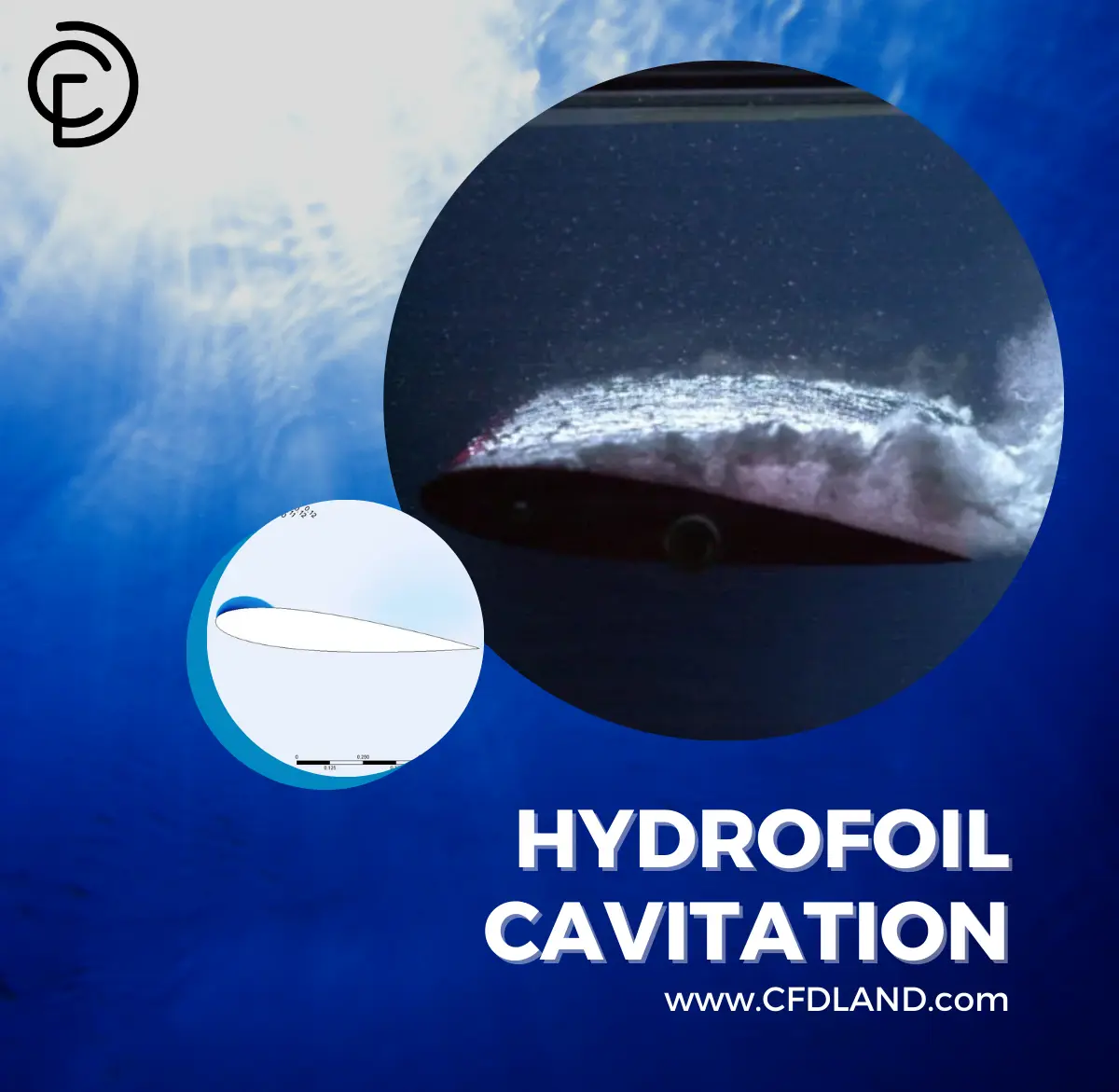
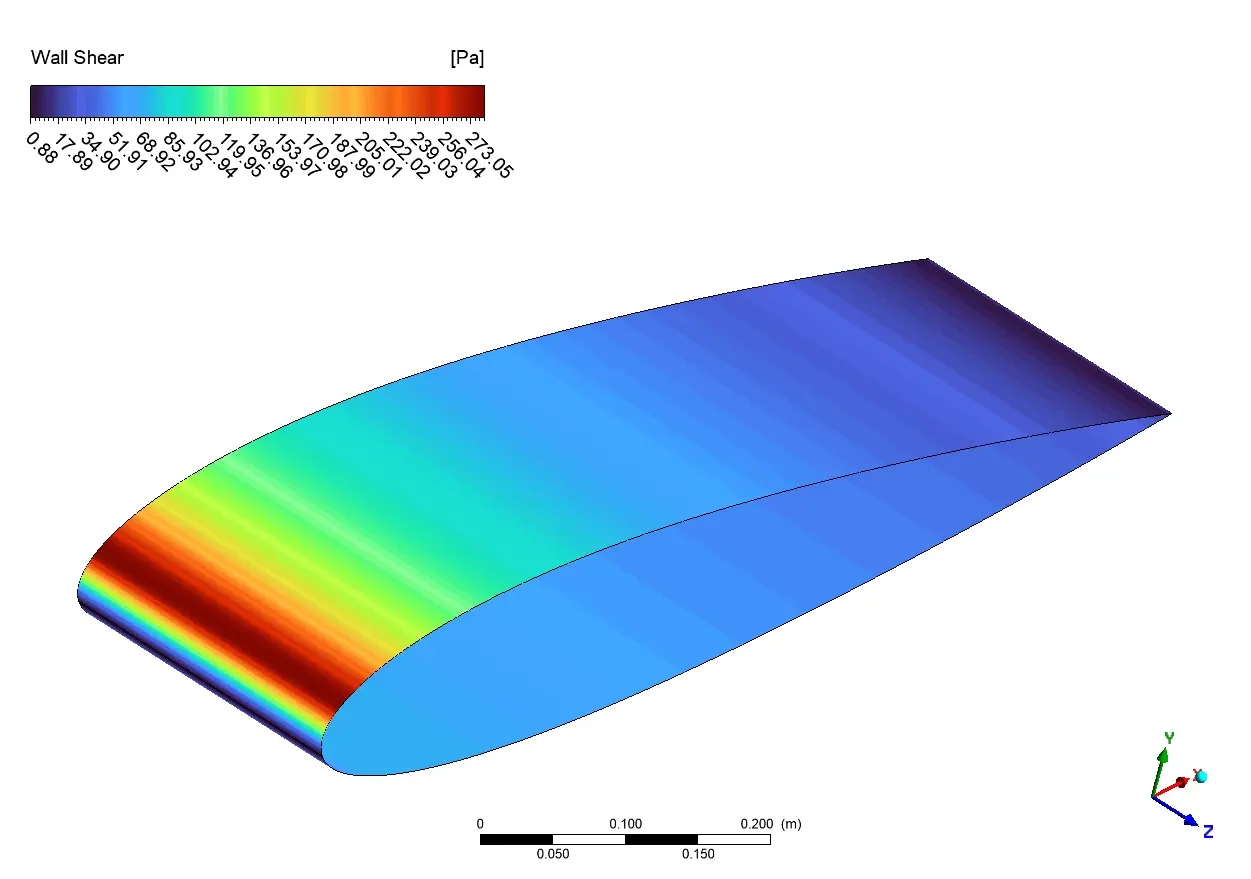
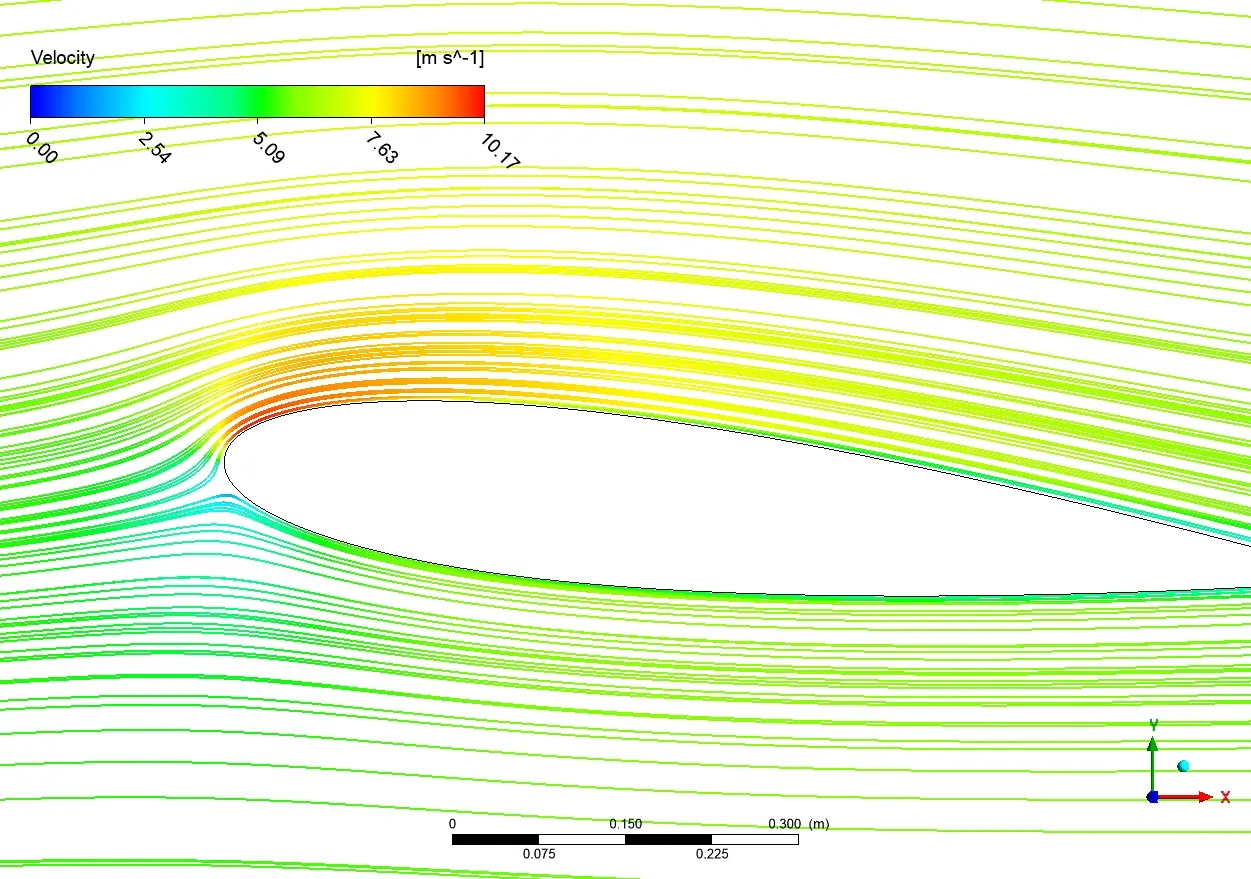
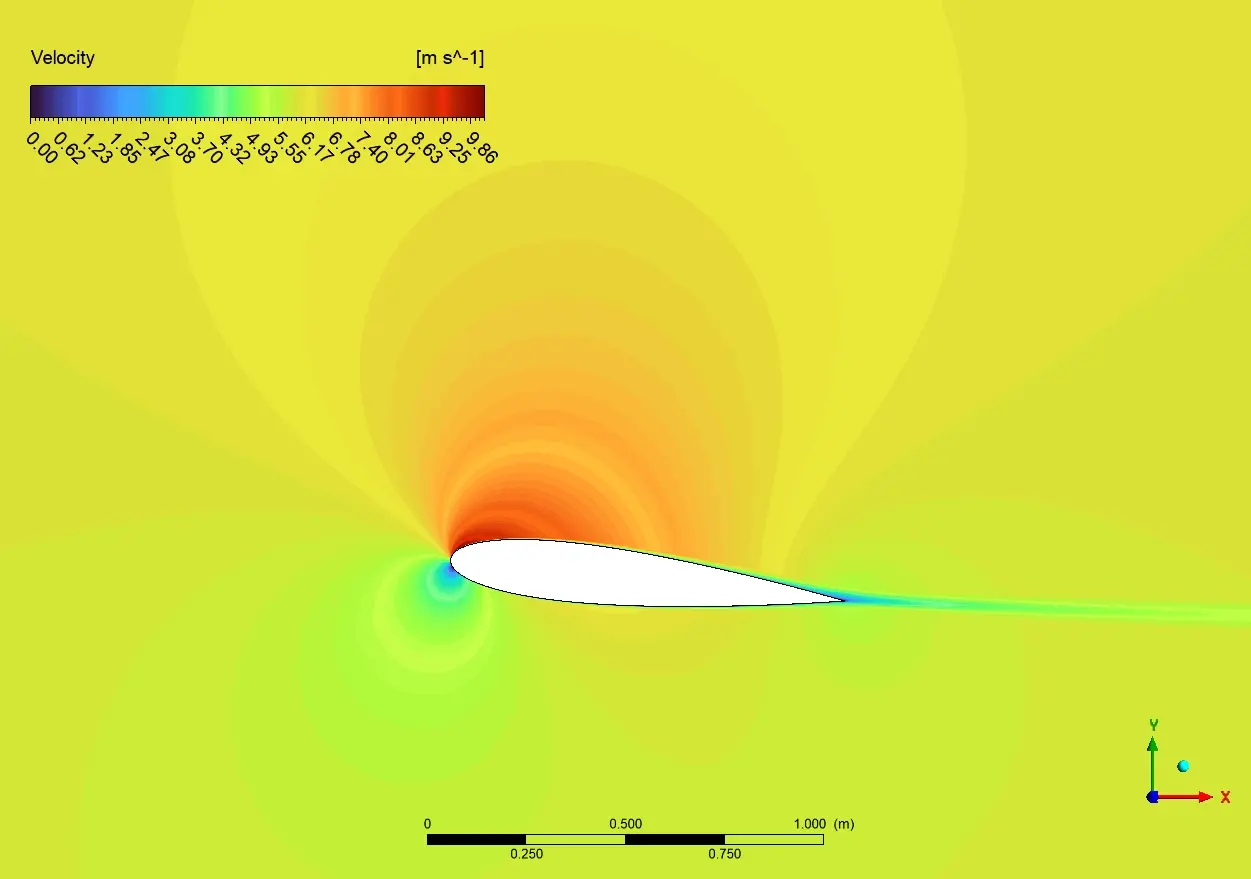
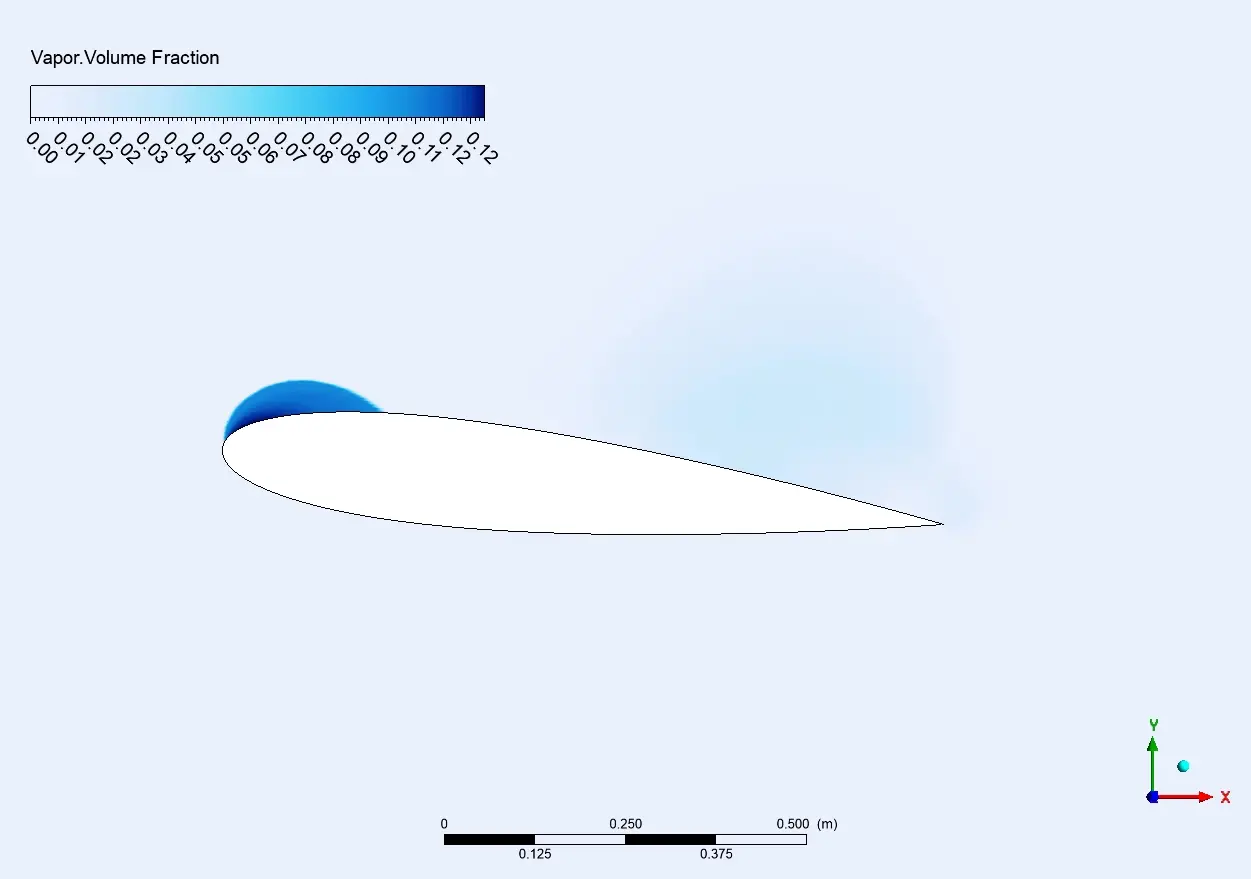
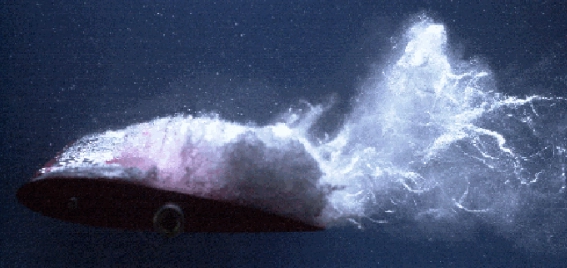
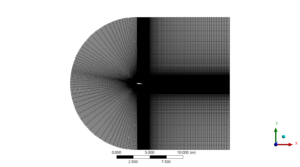
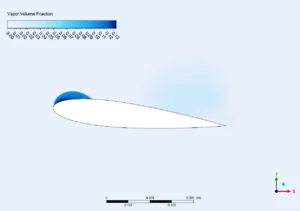





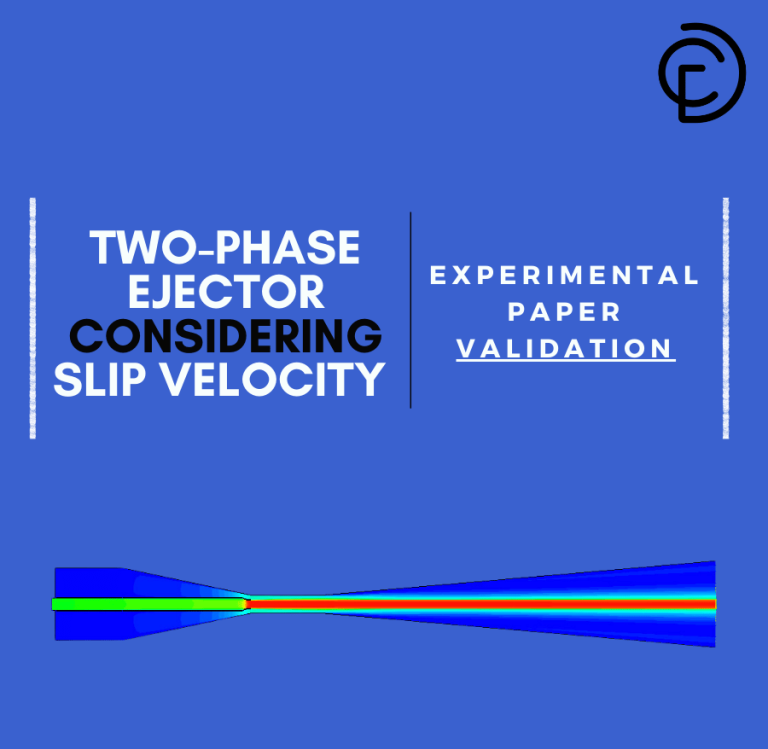
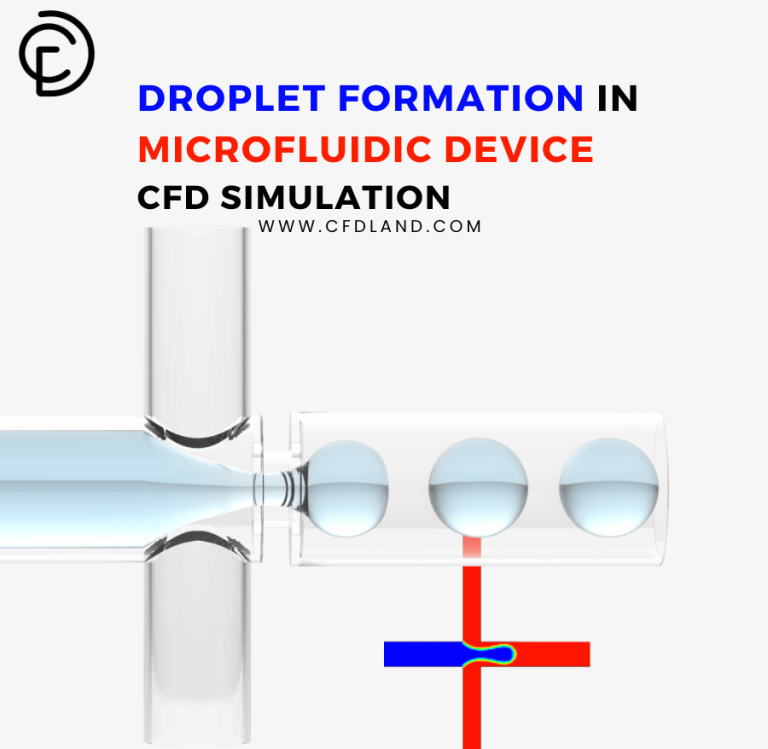

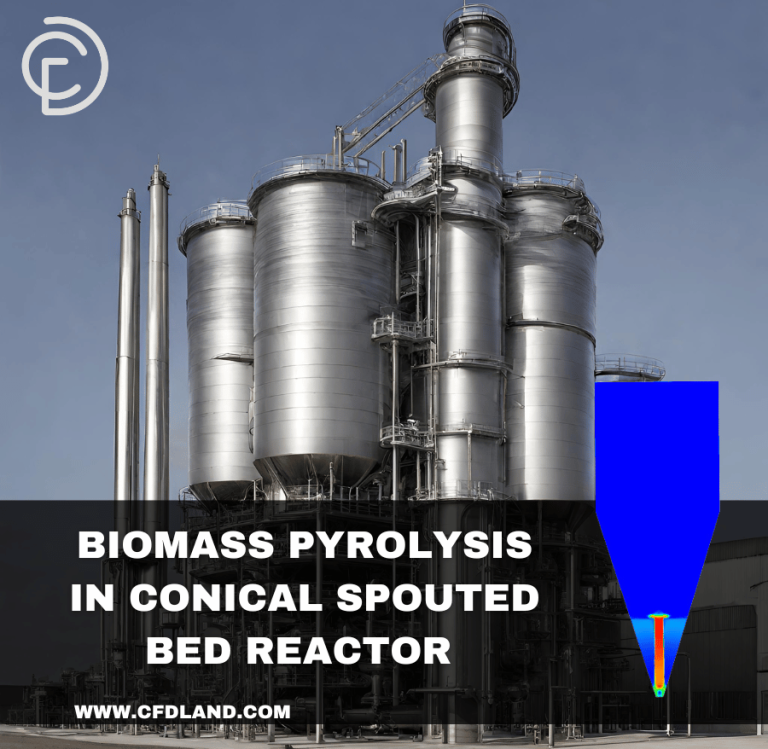
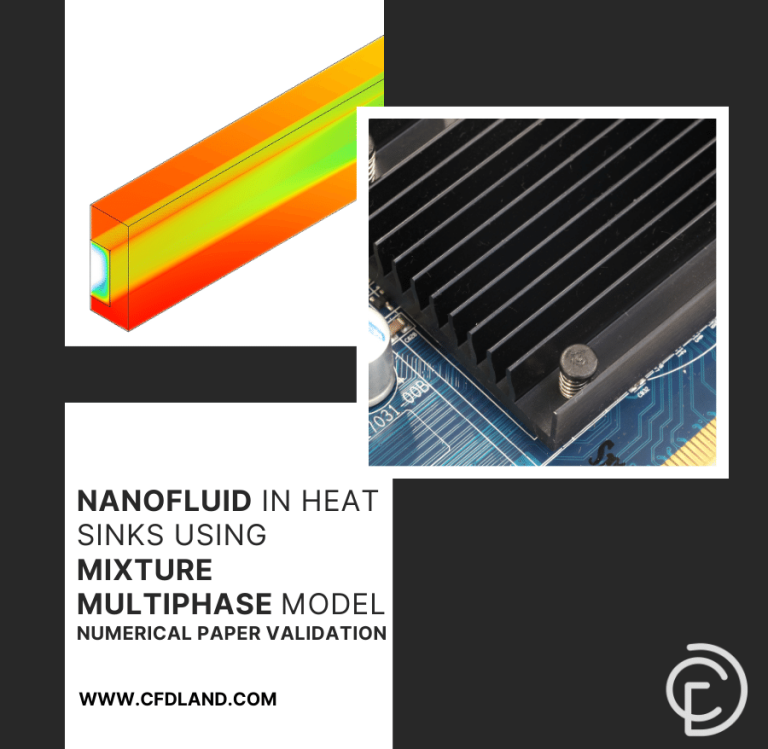
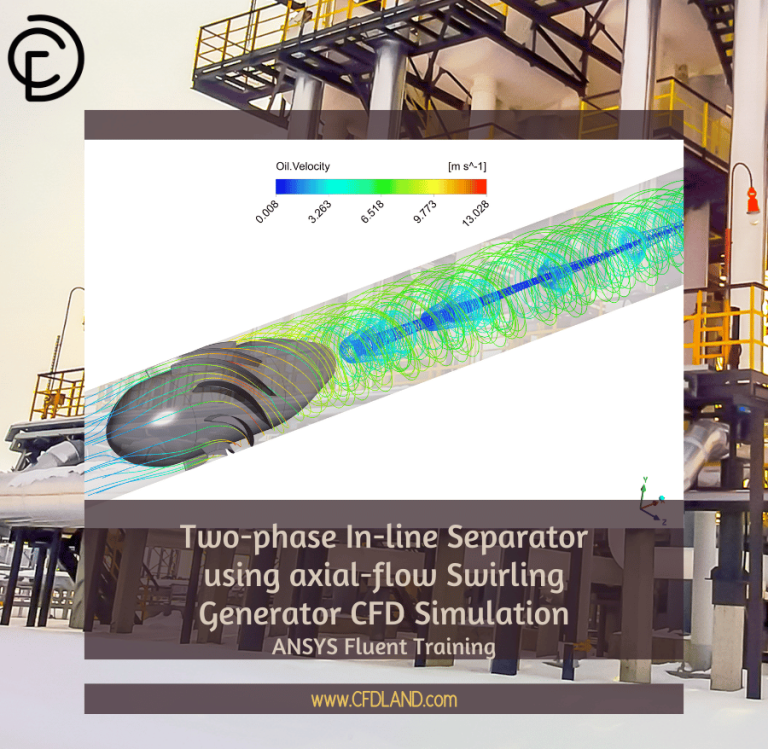
Reviews
There are no reviews yet.